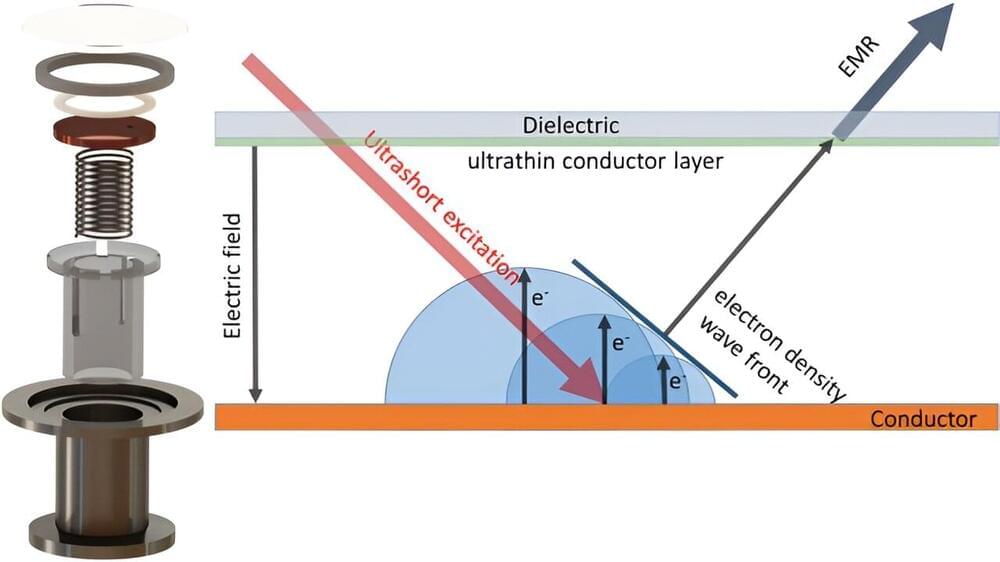The propagation of charged particles in a medium at a speed exceeding the phase speed of light in the medium (this speed also called superluminal) leads to the generation of radiation. The diagram of generated radiation during this process has a conical structure. This effect, called the Cherenkov effect, has many fundamental and applied applications, and its explanation was awarded the Nobel Prize in Physics in 1958.
The oblique incidence of light on the interface between two media is a similar phenomenon; in this case, a wave of secondary radiation sources is formed along the interface, which propagates at a speed exceeding the phase speed of light.
The refraction and reflection of light from an interface is the result of the addition of the amplitudes of waves from all sources formed during light incidence. If one considers the interface with photo emissive material—the cathode, on which light is incident obliquely and causes of electron emission—then an electron density wave will form along the cathode surface at superluminal speed.










Leave a reply